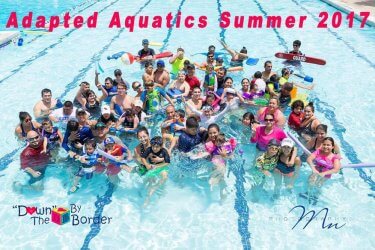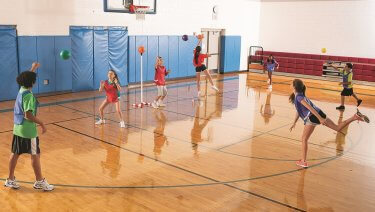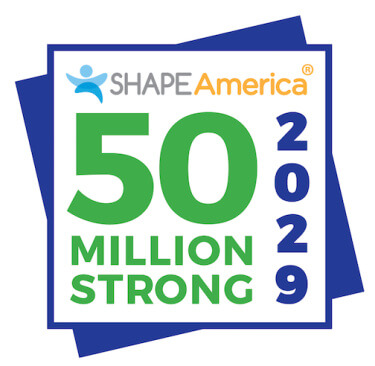In this article, I share the results of an assessment study designed to provide an adapted aquatics and rehabilitation class, feedback on successful areas of instruction and areas that may need improvement. Although several adapted aquatic swimming assessments exist (e.g. Special Olympics, DePaepe Checklist, Sherrill Model) only the Conatser Adapted Aquatics Swimming Screening Test is norm-based and allows statistical analysis.
This assessment has 44 total test items consisting of (a) psychological/physical adjustment skills, (b) entering and exiting the pool skills, (c) acceptance towards passive range of motion, (d) breath control and respiratory skills, (e) balance and flotation skills, and (f) swimming movement skills through the water. Pre- and post-aquatics skills of children with disabilities were assessed by trained university students. These students also conducted the instructional intervention.

A screening test was used to establish a baseline of essential swimming skills to be taught in the adapted aquatics programs. Before testing and instruction, the university students were trained for one week on how to conduct the assessment and learned techniques for teaching swimming to children with disabilities. Children with disabilities received instruction for 3 weeks, Monday through Friday, with each session lasting 1 hour. Pretest assessment guided instruction and the acquisition of new skills. Instructors used a variety of motivating incentives (e.g. equipment, encouragement, musical, games etc.) to improve swimming performance. An emphasis of instruction for children with disabilities was to ensure they learned how to be safe in and around the water environment.





